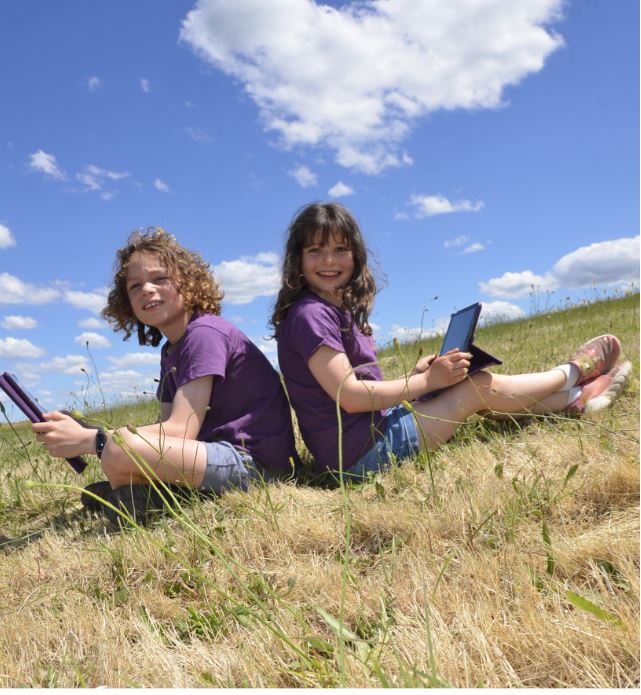June 13th, 2023Wine notes: Innovation wrapped in tradition
with Clive Hartley

I consider Best’s Great Western as a national treasure and one of only a handful
of wineries that everyone should visit. It is an historical place for a number of
reasons.
The property’s ‘Concongella’ vineyard was planted in 1868 by founder Henry
Best and is a treasure trove of old vines. One patch cutely called the ‘Nursery Block’
has a staggering 39 grape varieties, some of the most extensive pre-phylloxera
plantings in Australia and the world.
A number of varieties remain unidentified, but amongst the vines are rare
grapes for the southern hemisphere such as fer, fermint and bourboulenc. The
property also contains extremely old dolcetto, incorrectly named as malbeck (sic).
The Thomson family bought the property from Henry Best’s sons in 1920 and they
remain the owners today.
Best’s 1.2 hectare planting of pinot meunier also dates from 1868. It is related,
and similar to, pinot noir, but a tad more resistant to cold weather, and ripens
earlier than its relative.
They are the oldest meunier vines in the world. The grape was called Miller’s
Burgundy, due to the bottom of the leaf looking like it has been dipped in flour.
Best’s Young Vine Pinot Meunier 2022 is outstanding. It has aromas of cooking
spices and red fruits such as cherries and redcurrants.
Palate has a similar red fruit focus but backed up with some fine powdery
tannins. It reminded me of a cross between pinot noir and gamay. The young vines
were planted in 1971, which are considered young compared to 1868 vines. Only
Best’s can think that way.
You might think that the company could rest on its historical laurels. But it
doesn’t. The company is looking for ways to innovate and keep up with market
trends.
Take for example their 2022 Foudre Ferment Riesling. It is a skin contact wild
yeast foudre fermented wine. Foudre is a large 2500 litre oak barrel. This type of
old, yet new treatment produces a more intense and interesting wine with depth of
flavour and texture.
Clive Hartley is an award-winning wine writer, educator and consultant. His
Australian Wine Guide (7th edition) is available for purchase from his website –
www.australianwineguide.com.au











